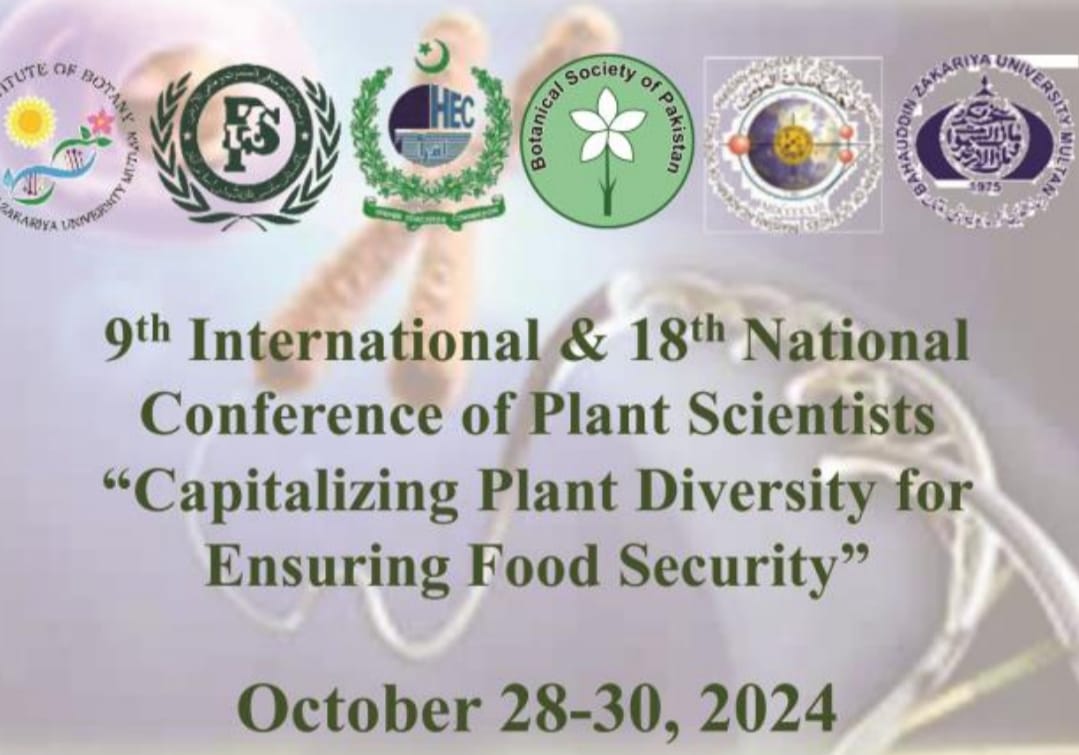
PJB-2013-208
COMPARISON OF EDTA-ENHANCED PHYTOEXTRACTION STRATEGIES WITH NASTURTIUM OFFICINALE (WATERCRESS) ON AN ARTIFICIALLY ARSENIC CONTAMINATED WATER
DIDEM AYDIN1 AND OMER FARUK COSKUN2*
Abstract
This study was conducted to investigate the effect of EDTA on arsenic uptake, bioaccumulation and growth potential of watercress (Nasturtium officinale). Watercress was used as a model plant and was grown in artificially contaminated water. A modified Hoagland’s nutrient solution without EDTA was used as the hydroponic medium in this study. The growth media was supported with different As concentration and EDTA. EDTA resulted in more solubilization of arsenite (As (III)) in water. Application of EDTA 15 d prior to harvest increased the amount of arsenite accumulated into watercress with more arsenite accumulated by plants from the media. Nasturtium officinale accumulated high arsenite concentration (1353 µgkg-1) in the leaves at As (III) of 600 µgL-1 and EDTA of 10-4 M after 15 d growth. The application of EDTA had inhibitory effects on the root and leaves dry biomass compared with that in the control. This plant can be used as potential species for chelate-assisted As(III) phytoremediation. However, the use of EDTA in the field should be concerned with their leaching problems.
To Cite this article:
Download PDF


